 Adventurers with a penchant for physical exertion simply must free up a couple of days in the schedule, grab a pair of sturdy boots and head off to conquer Mount Fuji. The official climbing season runs from July 1 to August 27 and although climbing outside these dates is not, strictly speaking, illegal, it is strongly discouraged as the mountain facilities close down and the weather can be precariously changeable. While the lower reaches of the mountain appear relatively benign, the summit frequently experiences sub-zero temperatures punctuated by gale force winds that have, in the past, literally blown people off the mountain.
Adventurers with a penchant for physical exertion simply must free up a couple of days in the schedule, grab a pair of sturdy boots and head off to conquer Mount Fuji. The official climbing season runs from July 1 to August 27 and although climbing outside these dates is not, strictly speaking, illegal, it is strongly discouraged as the mountain facilities close down and the weather can be precariously changeable. While the lower reaches of the mountain appear relatively benign, the summit frequently experiences sub-zero temperatures punctuated by gale force winds that have, in the past, literally blown people off the mountain.
From the beginning of July to the end of August the weather around Mount Fuji is reasonably mild, making for easier, safer climbing. The peak season for climbing Mount Fuji is in the period from July 20 to the end of August, with exceptionally heavy traffic during the week of Obon. For some, the camaraderie shared as people from all walks of life and from all around the globe come together to tackle the climb is what the whole experience is about. For others, the quest is best enjoyed on a more personal level. To avoid the hullabaloo, one would be wise to select a weekday in the first half of July, before the school vacations start.
Mount Fuji is divided into 10 stations. For those looking to get a head start on their climb, paved roads enable vehicles to get to the fifth station, of which there are four on different sides of the mountain. In fact the fifth station has become the common starting point for most climbers.
The Kawaguchiko fifth station is located at an altitude of 2,300 meters and is easily accessible from the Fuji Five Lakes district. Buses even run directly to the station from central Tokyo. The Yoshidaguchi Trail carries climbers from the fifth station to the summit, past numerous mountain huts offering bowls of steaming noodles, snacks, drinks, toilet facilities and oxygen canisters, to help those who are short of breath or suffering the affects of altitude sickness.
The trail takes the average climber between five and seven hours to ascend and between three and four hours to descend. It also runs up and down the side of the mountain from which the legendary and unimaginably beautiful sunrise that earned Japan the epithet メThe Land of the Rising Sunモ can best be viewed.
(By way of comparison, it is perhaps worth noting that it takes approximately 10 hours and 50 minutes to make the full ascent from Fuji Sengen Shrine at the base of the mountain, and another six hours to climb down.)
Night hiking seems to be the most popular way for Western visitors climbing the mountain to achieve their ends. By starting off from the fifth station at about 10pm and hiking through the night, the summit can be reached just before sunrise.
Numerous buses run from Shinjuku, Tokyo, directly to Kawaguchiko fifth station on Mount Fuji. Tickets cost エ2,600 one-way. Three buses per day also run from Shin-Fuji Station on the Tokaido Shinkansen line directly to the fifth station. Buses between Kawaguchiko Station and the fifth station are also frequent and cost エ2,000 return.
For more information about climbing Mount Fuji, see www.city.fujiyoshida.yamanashi.jp
Story by Jon Day
From J SELECT Magazine, June 2007

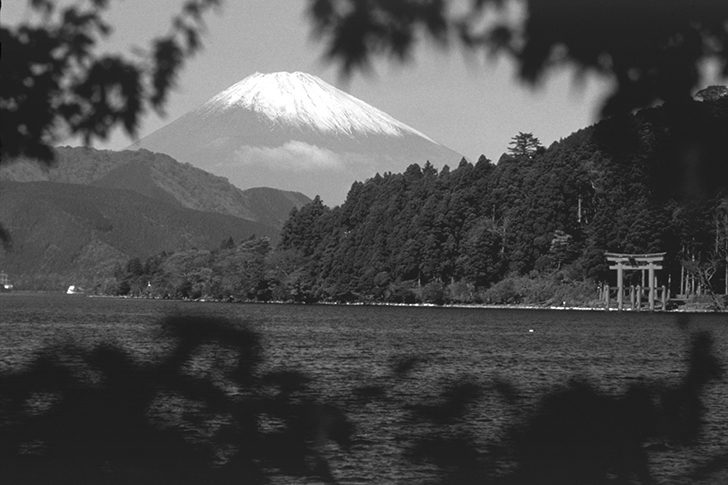


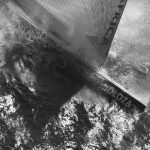

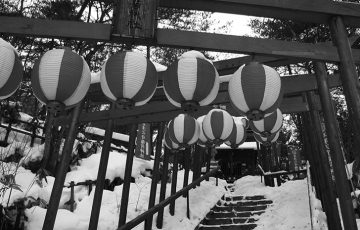
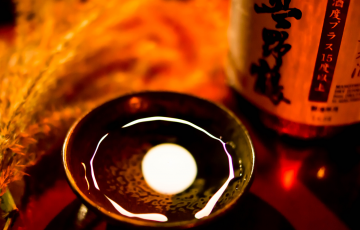
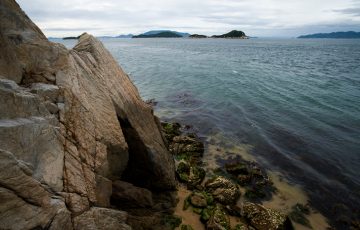
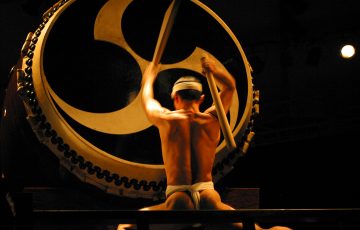
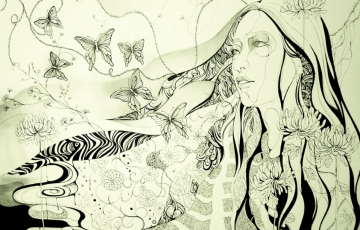

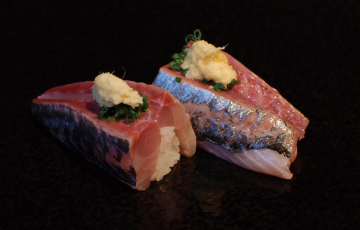


Recent Comments